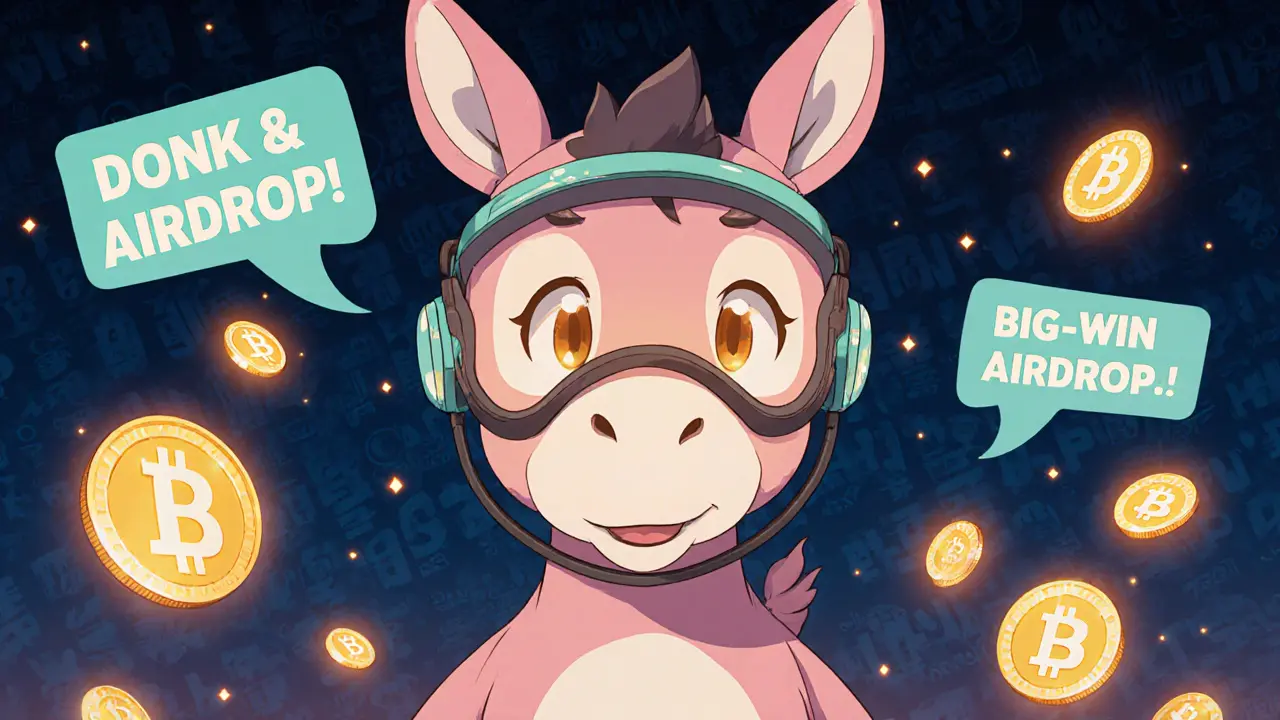Understanding Meme Tokens: The Basics, the Buzz, and the Risks
When diving into meme token, a cryptocurrency that gets its price mostly from jokes, viral memes, and internet culture. Also known as memecoin, it blends pop culture with blockchain tech to create a fresh kind of digital asset.
One key engine behind many meme tokens is the airdrop, a free distribution of tokens that sparks early interest and builds a community base. An airdrop can skyrocket a token’s visibility overnight, turning a handful of enthusiasts into a massive, noisy fanbase. This rapid growth fuels community, the group of holders, meme creators, and social media promoters who keep the hype alive and fuels word‑of‑mouth spread.
But hype alone doesn’t tell the whole story. The tokenomics, the economic design of supply, distribution, and incentives behind a token determines how sustainable that hype can be. A meme token with a capped supply, deflationary burns, or built‑in liquidity pools may hold value longer than one that simply floods the market with endless coins.
Why meme tokens matter in the crypto world
Social media platforms act as the megaphone for meme tokens. A single viral tweet or TikTok video can push a token from obscurity to a multi‑million‑dollar market cap in hours. This social media amplification creates a feedback loop: the more people talk, the higher the price, and the higher the price fuels more conversation. In turn, developers often lean on community‑driven memes to guide branding, product updates, or charitable campaigns, blurring the line between marketing and genuine utility.
From a practical standpoint, investors should watch three signals: the credibility of the airdrop, the transparency of tokenomics, and the health of the community. A legitimate airdrop will be announced on official channels, have clear claim steps, and include a smart‑contract audit link. Transparent tokenomics are usually laid out in a whitepaper or on‑chain explorer, showing total supply, vesting schedules, and any burn mechanisms. Community health can be gauged by active Discord chats, regular AMA sessions, and a diverse follower base—not just bots pumping numbers.
Real‑world examples illustrate these points. Tokens that launched with massive airdrops and clear tokenomics, like Dogecoin’s early giveaways, grew a loyal fanbase that continues to drive price spikes during market rallies. Conversely, projects that rely solely on meme hype without solid tokenomics often see sharp crashes once the buzz fades.
For traders, meme tokens present both opportunity and danger. The rapid price swings mean you can earn quick gains, but they also expose you to sudden, deep losses. Managing risk involves setting clear entry and exit points, using stop‑loss orders, and never allocating more than a small slice of your portfolio to any single meme token.
Below you’ll find a curated list of articles that dive deeper into specific meme token cases, airdrop guides, tokenomics breakdowns, and community analysis. Whether you’re a newcomer curious about the next viral coin or a seasoned trader looking for data‑driven insights, the collection offers practical tips and up‑to‑date information to help you navigate this fast‑moving corner of crypto.
- October 20, 2025
- Comments 4
- Cryptocurrency

